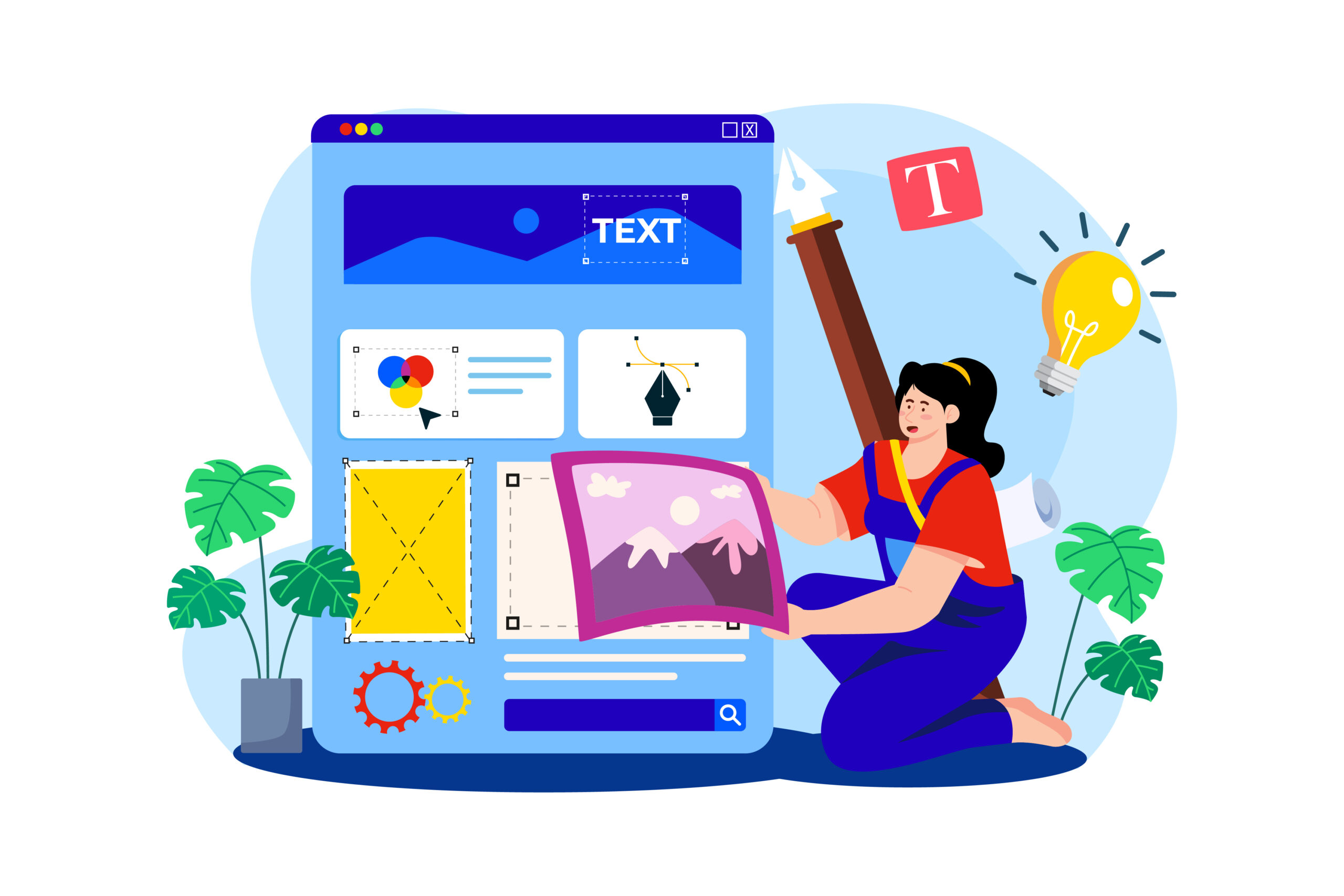
Please Get To Know Us
Web Designing Experts[Web designing]
The process of thinking, designing and constructing a collection of electronic files that decide the layout, colours, text styles, structure, graphics, photos, and usage of interactive elements that deliver pages to one’s site visitors is known as web design.
In the creation and management of websites, web design involves a wide range of talents and disciplines. Web graphic design, interface design, authorship, including standardized code and proprietary software, user experience design, and search engine optimization are all components of web design.
It also covers a variety of topics such as webpage layout, content creation, and graphic design. Even though the phrases web design and web development are sometimes used interchangeably, web design is a subset of web development. A wide range of individuals with knowledge in several areas is required for good website design. When a key choice must be made, their combined efforts must be put in. In this post, we’ll go through the eight fundamental characteristics of effective website design that must be considered while creating a website.
Growth Our Business
These are [the principles for a good web design.]

The best option is to keep things simple
A website that is too developed may not operate. Having too many items on a page might cause users to become distracted from your website’s core goal. Simplicity is usually a good thing when it comes to web page design.
Consistency
The importance of consistency in website design cannot be overstated. Pay close attention to how the design components on each page match. Your fonts, sizes, headers, subheadings, and button styles must be consistent across the board.
Typography and Readability
Regardless of how fantastic your design is, text still reigns supreme on the web, since it offers people the information they want. Along with the clever use of keywords and meta-data, you should make your typography aesthetically appealing and readable for visitors. Consider employing easier-to-read typefaces.
Mobile compatibility
With the ever-increasing use of smartphones, tablets, and phablets, web design must be adaptable to many screen sizes. If your website design doesn’t accommodate all screen sizes, you’re likely to fall behind your competition.
Colour palette and images
A good colour combination fascinates consumers, whilst a bad colour combination might distract them. This entails selecting a colour palette for your website that may generate a pleasant ambience and so make a positive impression on visitors.
Easily Loaded
No one loves a website that takes an excessive amount of time to load. So take care of that by reducing HTTP requests by minimising picture sizes and combining code into a single CSS or JavaScript file. Compress HTML, JavaScript, and CSS as well for faster loading.
Easy Navigation
According to research, users spend more time on websites with easy navigation. Consider building a logical page structure, employing bread scrums, and making clickable buttons for effective navigation. The “three-click-rule” should be followed so that visitors may receive the information they need in three clicks.
Communication
The main goal of customers is to obtain information, and if your website can effectively communicate with them, they will most likely spend a longtime on it. Arranging information by making appropriate use of headings and sub-headlines, reducing the fuzz, and utilising bullet points instead of long windy phrases are all tricks that may serve to develop easy contact with users.
There are several forms of website design, however, the following are the most common:
Adaptive Design
Adaptive Design is a type of design in which the framework is measured and the design is created accordingly.
Responsive Design
Responsive design is a sort of design that varies and adapts to the size of the screen. Websites that run on both phones and computers use dynamic designs.
As a result, many customers choose responsive designs.
Layout, pictures, visual hierarchy, colour scheme, typography, readability, navigation, and content are just a few of the aspects that go into web design. Web design is mostly used for user experience and search engine optimization. If the website appears on the first pages of search results, SEO helps the business.
The two most critical foundations of a website are web development and design. As a result, there are many crucial considerations to make when selecting a designer and developer. Now that you have a better understanding of the development and design aspects of a website, you will be able to make better decisions on your own. Make sure you convey your vision to them. There are a lot of web designers and developers out there. Examine their prior work and pick the one that best meets your needs.
With the growing importance of websites, web designing in USA has gained a huge market. There are various online web designing service providers in the country. Thus, take a wise decision while choosing a web designer for your work.

